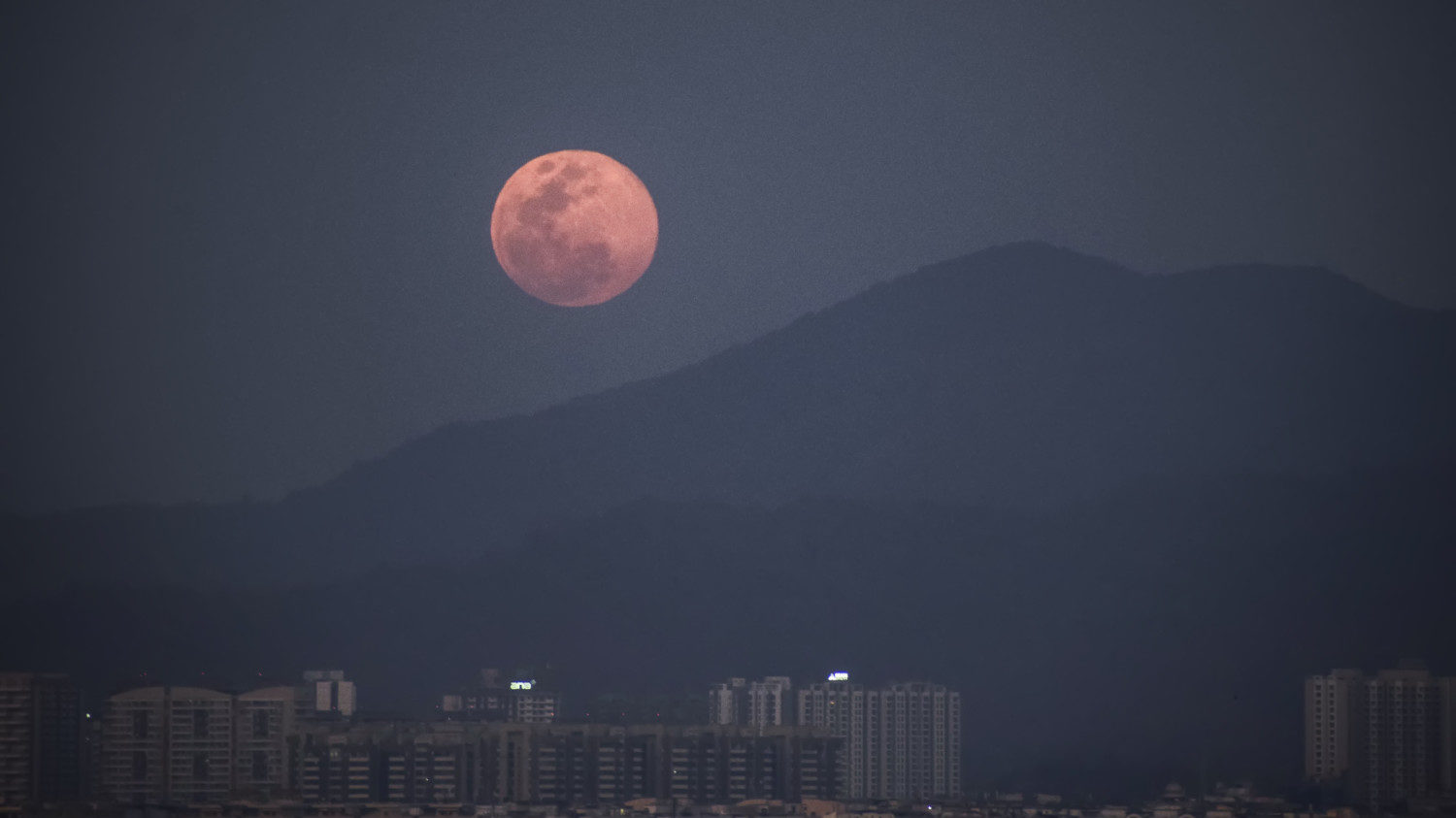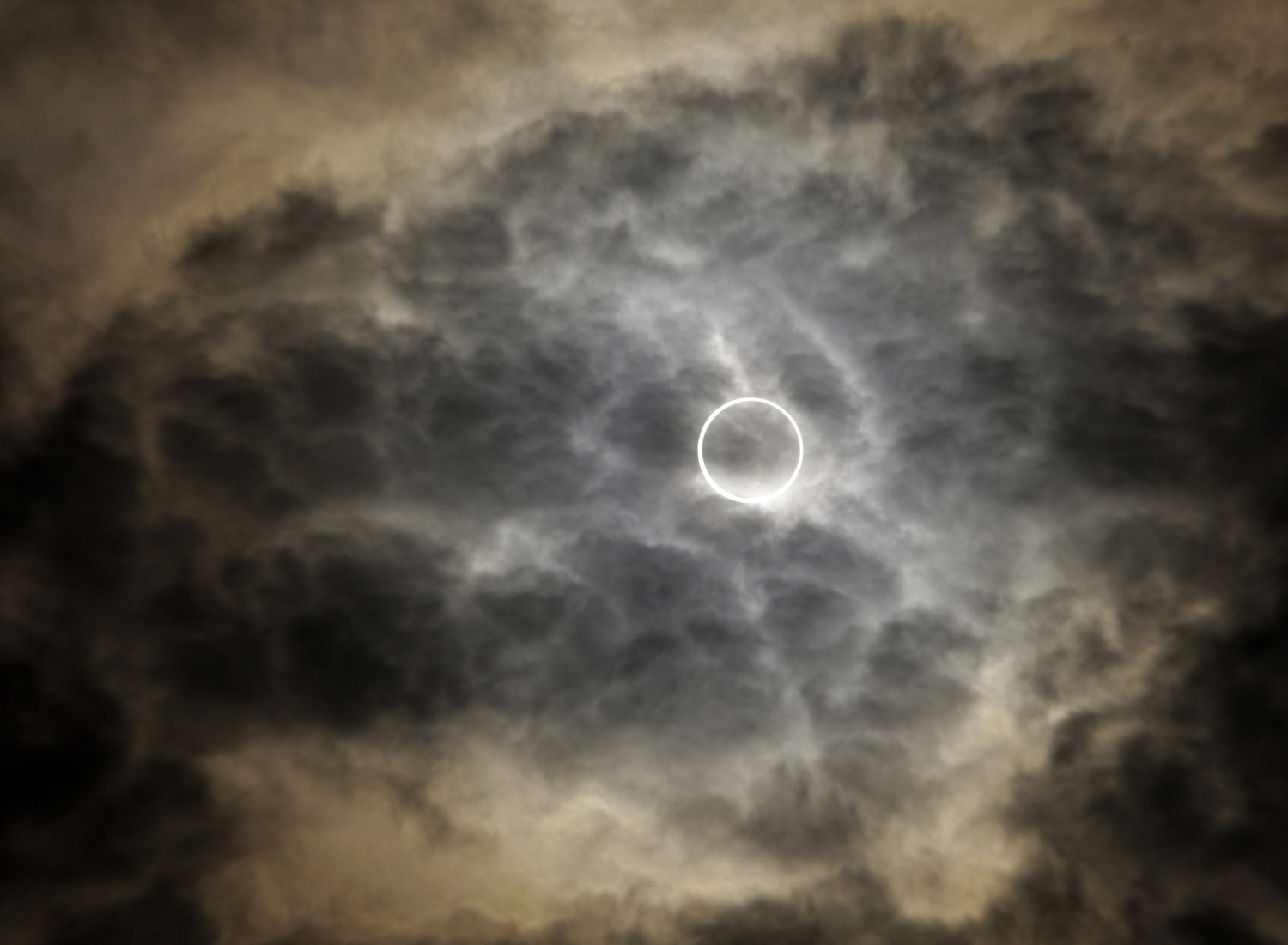The 2022 strawberry moon will be the second supermoon in a series of four this year. Unfortunately, despite its evocative name, this strawberry moon isn’t likely to take on a reddish hue like it did during May’s lunar eclipse.
While June’s full moon is most often called a strawberry moon, it has also gone by other names that call to mind different images, including the blooming moon, green corn moon and hatching moon. Strawberries ripen, flowers bloom, corn begins to sprout and the eggs laid by wild birds begin to hatch in the month of June, which is how a lot of these names came to be. These names often originate from Native American cultures, and they’re a nod to our agricultural seasons, rather than how the moon itself looks.
The full strawberry moon officially arrives on June 14 at 7:52 a.m. Eastern, but it won’t be visible in North America until the evening. Patient watchers should look to the southeast just after sunset that evening to see the supermoon slowly rising above the horizon. You can even watch the strawberry moon while enjoying a berry-flavored donut!
June’s strawberry moon is considered a supermoon because this is also when the moon will be at its perigee — the closest the moon comes to Earth in its orbit. The moon takes a little more than 27 days to travel around the Earth, and its orbit is more of an elliptical shape, which results in the moon’s varying distances at any given point in time.

When To See 2022’s Other Supermoons
May’s supermoon was the first of a series of four supermoons that we’ll see this year, all of which span late spring and last into the summer.
June’s strawberry moon will be 222,238 miles away from Earth (practically a stone’s throw away, right?) making it the second-closest supermoon this year. July’s supermoon, the closest one this year, will be about 150 miles closer to the Earth when it appears on July 13. This year’s final supermoon is expected to occur on August 11, and it will be 224,569 miles away.
Anybody venturing outside to get a peek at June’s strawberry moon can expect to see a slightly larger full moon — approximately 7% larger and 15% brighter than the average full moon. However, without the ability to compare a typical full moon and a supermoon side by side, most people probably won’t notice a difference.
If you miss out on seeing the strawberry moon on Tuesday, June 14, the moon will still appear full from Sunday night through Wednesday night, giving everyone plenty of chances to spot a full moon through clear skies.
The strawberry moon marks the last full moon of spring, while July’s buck moon will be the first full moon of the summer season. June’s full moon also marks the end of the first half of 2022, which has been an eventful six months filled with astronomical events, including a meteor shower in April and a supermoon eclipse in May.

More Lunar Events To See In 2022
While the first half of the year may have been filled with cosmic wonders, there are still quite a few more events to look forward to before 2022 is over — and even before June is over. On June 24, stargazers will be able to see the rare sight of a planetary alignment that reportedly won’t be visible again until 2040. If you have a clear view of the eastern horizon that evening, just before sunrise, you’ll be able to spot Mercury, Venus, Mars, Jupiter and Saturn aligned, along with a crescent moon.
Then, on June 27, the Bootids meteor shower will be visible before dawn or after dusk. Simply look for the Bootes constellation, left of the Little Dipper, and you just may see some action!
The second half of the year, meanwhile, will include the two additional supermoons we mentioned above, another lunar eclipse set for November, and at least a handful of other meteor showers.
Follow Meteorologist Jason Meyers on Twitter or watch one of his entertaining and educational YouTube videos.
This story originally appeared on Simplemost. Checkout Simplemost for additional stories.


